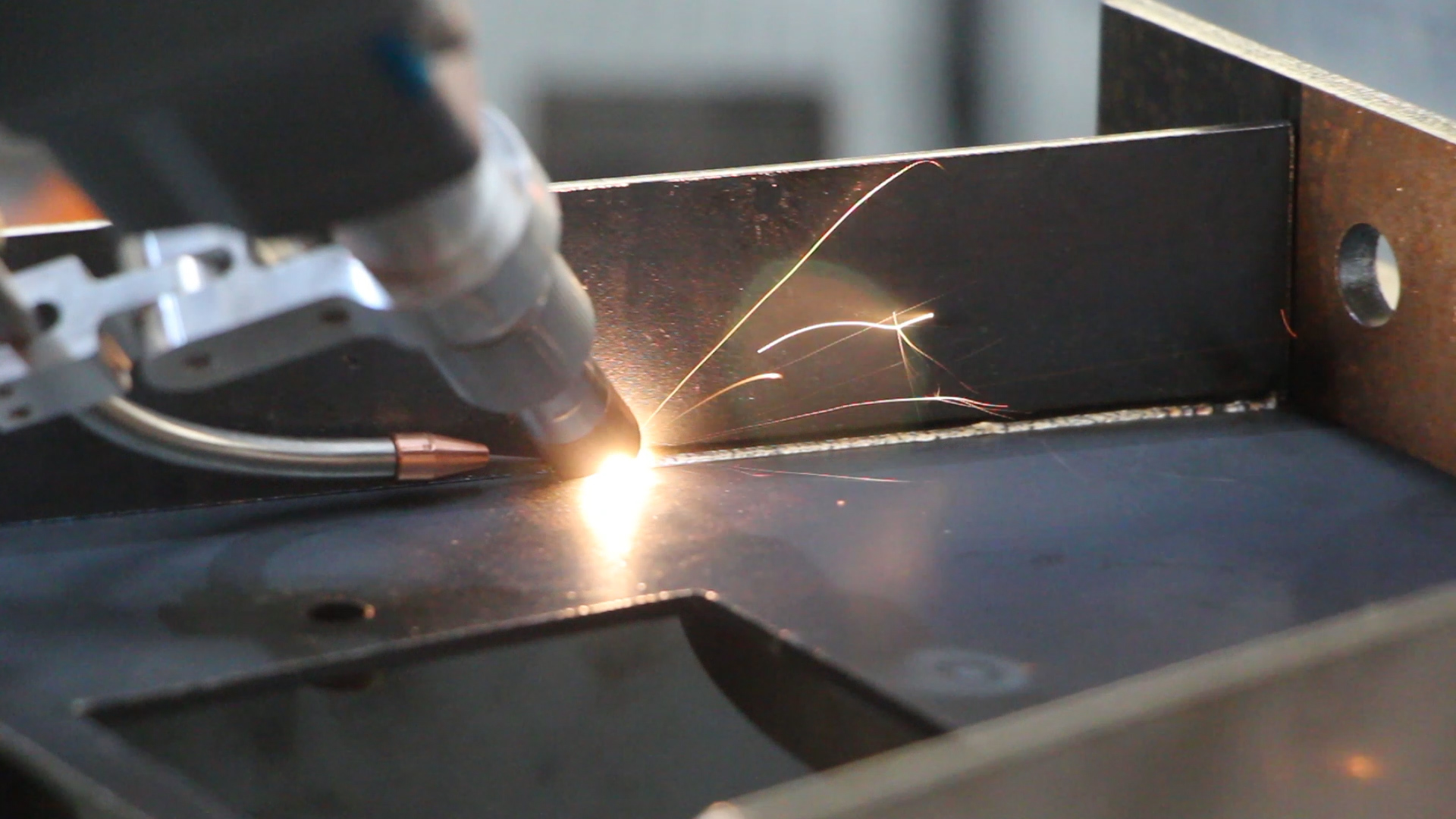Difference between laser welding and argon arc welding

The main difference between laser welding and argon arc welding is the difference in technical principles.
Laser welding
Laser welding is a type of high-energy beam welding that is generally performed using laser welding equipment. Laser welding uses a high-power coherent monochromatic photon beam focused as a heat source for welding. The advantage is that it does not need to be carried out in vacuum and can achieve precise energy control, thus enabling the welding of precision components. It can be applied to many metals, especially for welding difficult to weld metals and dissimilar metals. Currently widely used for mold repair.
Argon arc welding
Argon arc welding is a type of electric arc welding, which mainly uses the arc burned between the continuously fed welding wire and the workpiece as a heat source, and is welded by the gas shielded arc sprayed from the welding torch nozzle. At present, argon arc welding is a commonly used method that can be applied to most major metals, including carbon steel and alloy steel. Molten inert gas shielded welding is suitable for stainless steel, aluminum, magnesium, copper, titanium, zirconium, and nickel alloys. Due to its low price, it is widely used for mold repair welding. However, due to its large welding heat affected area and large welding points, argon arc welding uses non-consumable electrodes and protective gas, commonly used to weld thin workpieces. However, the welding speed is slower and the heat input is much larger than laser welding, which can easily cause deformation;
At present, argon arc welding has been gradually replaced by laser welding in precision object welding.








